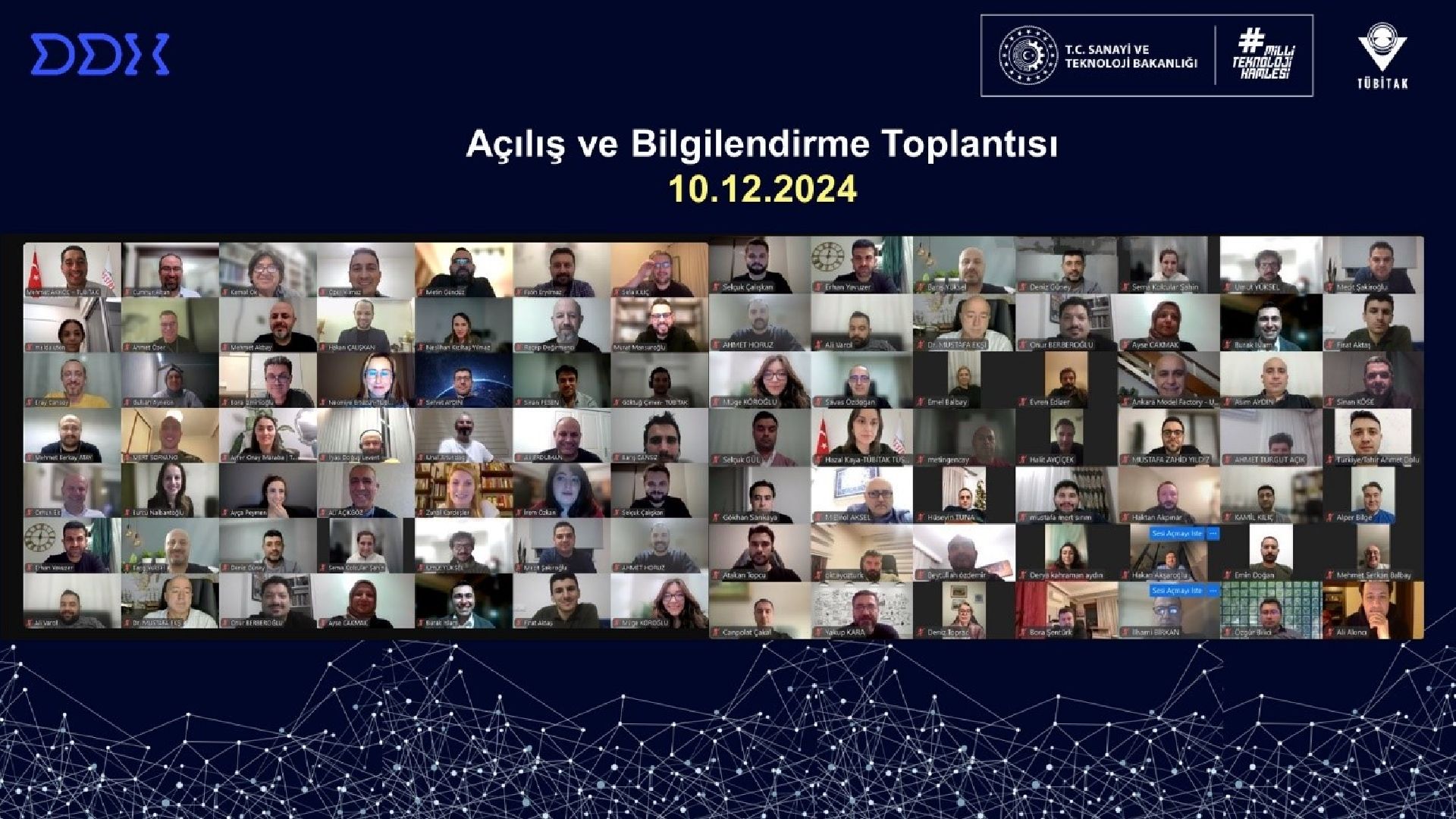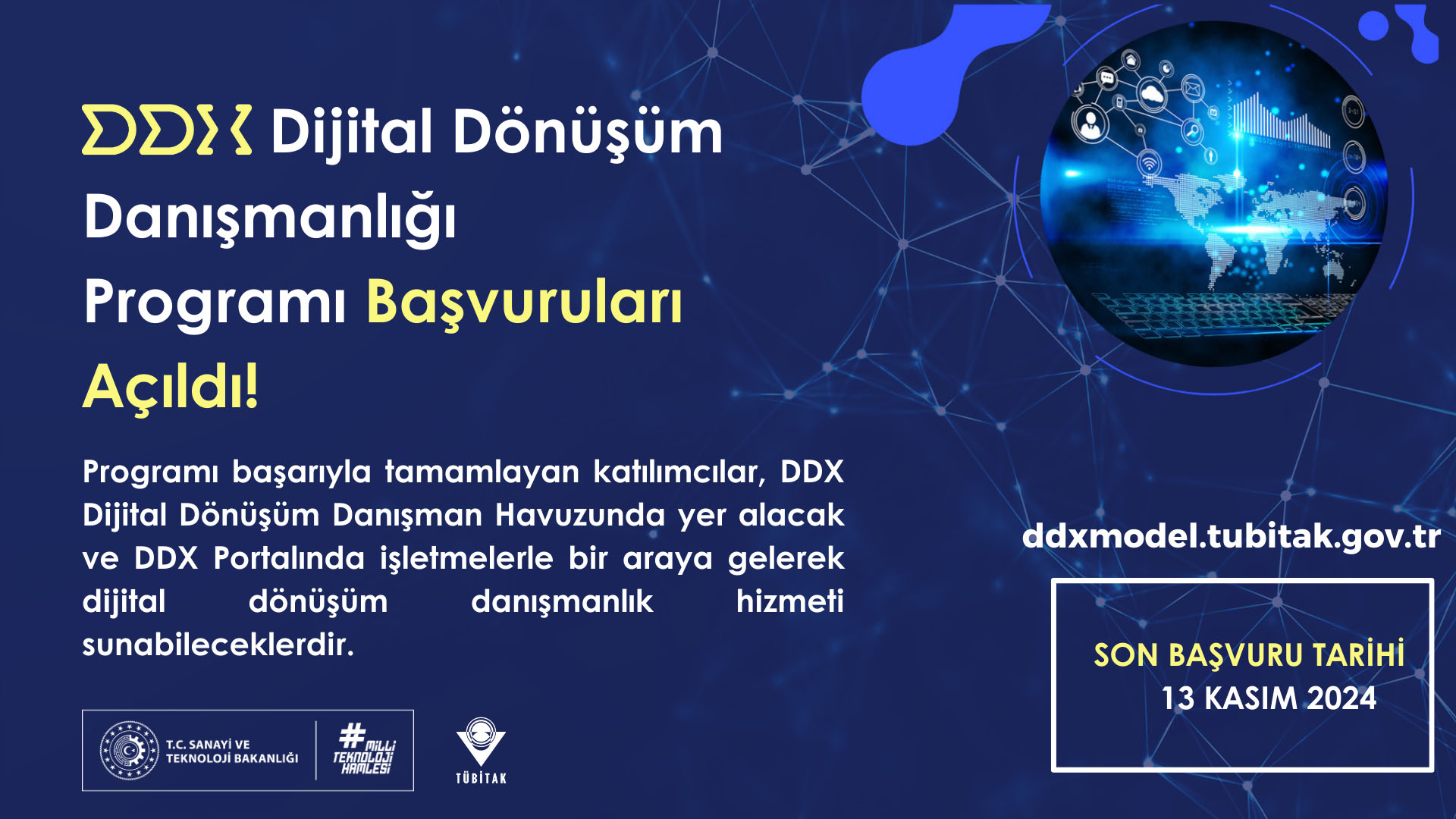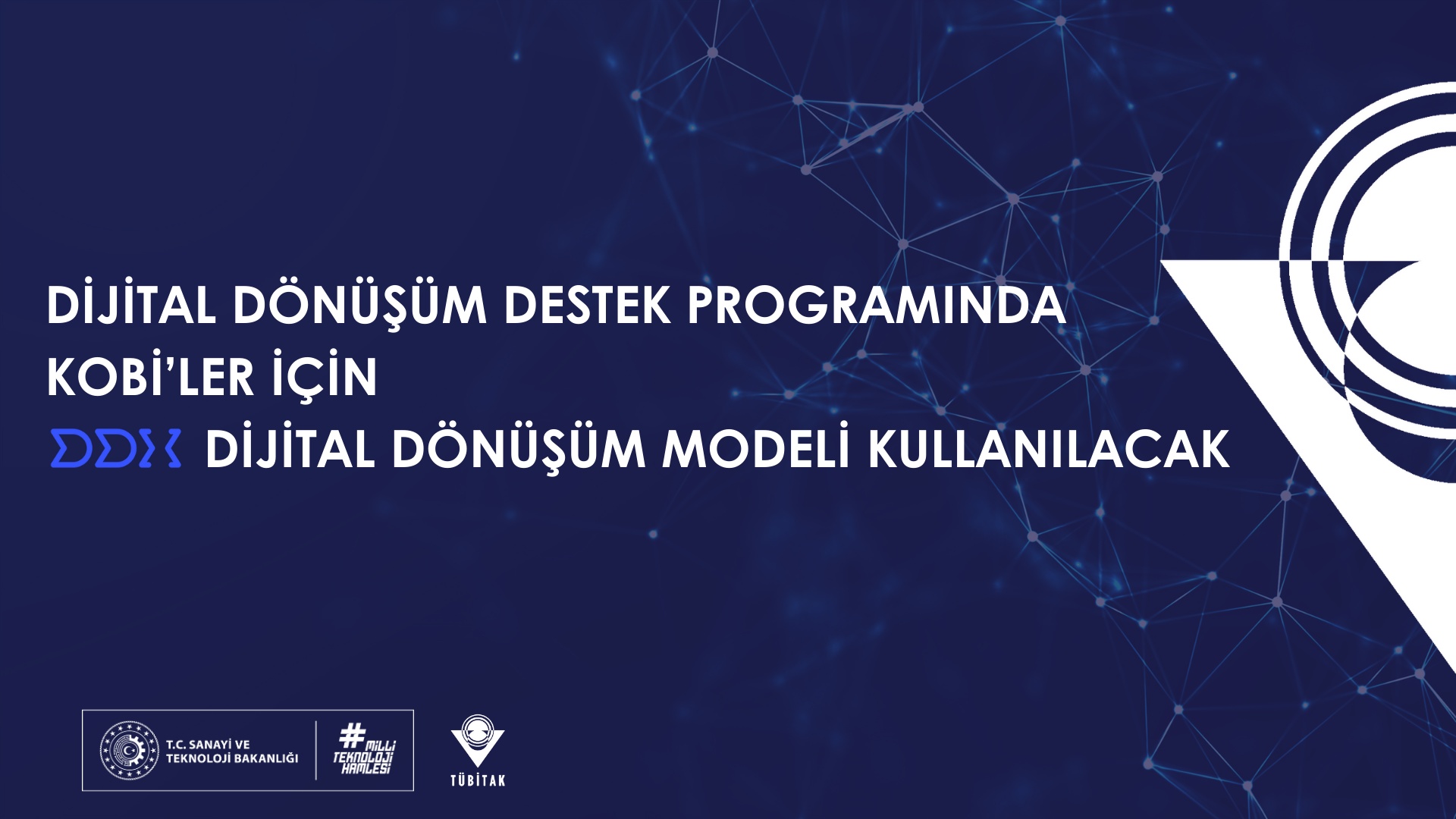The Public Transportation Oriented Istanbul Traffic Planning Project carried out by TÜBİTAK TÜSSİDE and IETT has been successfully completed.
The first three packages of the project, which consists of seven work packages, investigated how the existing transportation network changes in terms of comfort and density in case of creation of new rail / rapid bus transportation systems or extension of existing routes. Within the scope of these work packages, algorithms to predict transportation behavior and determine travel changes were developed and these algorithms were converted into domestic software. In addition, the system has been combined with IETT's information systems. As a result of the analyses, heavy metro and rapid bus transportation routes and station points that will relieve the current system were determined.
The traffic-related part of the project started with obtaining and reporting all data affecting Istanbul traffic; Then, all traffic sensor information in Istanbul was analyzed at a macroscopic level and corridor flow rates that would ensure the most effective use of the roads were determined. In these evaluations, bottleneck points were also identified. In addition, the effects of disciplined participation instead of free flow in flow management were determined through simulations of ramp participation at the microscopic level.
Since the scope of the project was determined as Istanbul traffic, not only public transportation and traffic planning, but also analysis of bicycle paths and new routes, land use changes and expansion aspects, traffic accidents and hot spot analysis, and evaluation of the impact of new mega projects, which are related to mobility and transportation, were also carried out. . In addition, field research was carried out and the parameters effective for the transition from private vehicle use to public transportation use were determined. In another leg of the field interviews, expert workshops were held and the traffic problem was evaluated under both technical and socio-economic headings with the public, private sector and academicians.
As the last work package of the project, ideal public transportation management and operating policies for Istanbul were discussed and suggestions were developed.
Since public transportation routes that will carry 500 thousand or more vehicles have been determined with the project outputs, findings regarding both new resource production and relaxation of the existing system have been obtained within the scope of public transportation-oriented research. In addition, it can be stated that with the suggestions for Istanbul traffic, which is stated to have an annual cost of over 6 billion liras, both financial losses will decrease and people's quality of life will increase.








